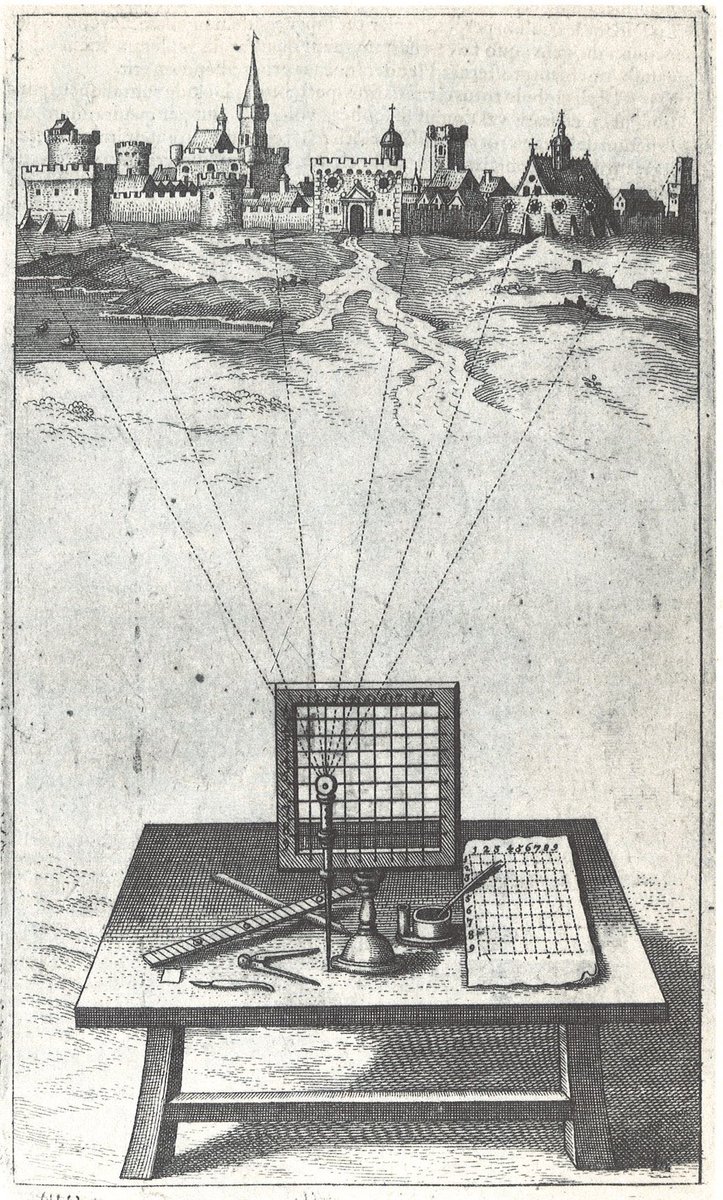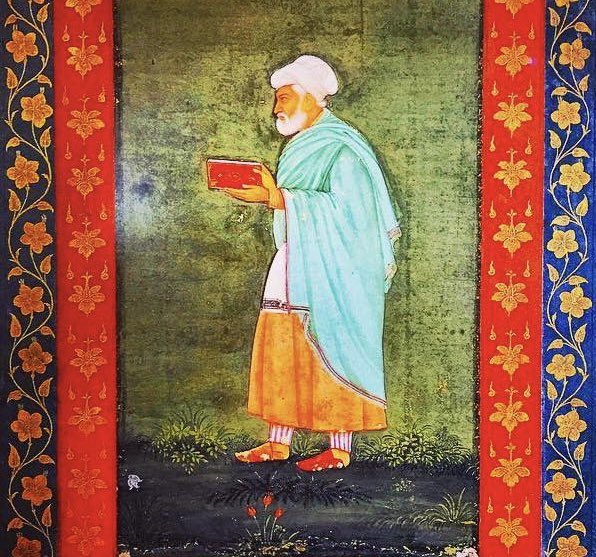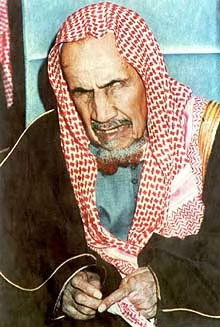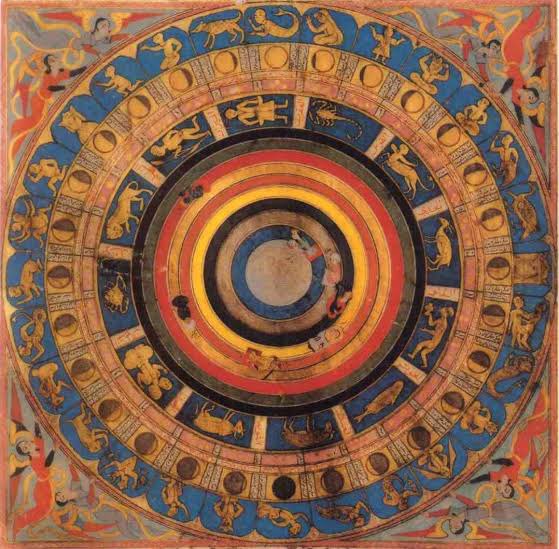🧵 Thread based on Chapter 6: “Analogous Considerations Drawn from the Study of the Dream State” from The Multiple States of the Being — by René Guénon — The only true metaphysician in recent times. 

1/
Dreams are not mere subjective illusions. They are real states of existence — subtler than waking life, but still within the domain of individual manifestation. The study of dreaming offers a symbolic analogy for understanding other planes of being.
Dreams are not mere subjective illusions. They are real states of existence — subtler than waking life, but still within the domain of individual manifestation. The study of dreaming offers a symbolic analogy for understanding other planes of being.
2/
Each state of being is defined by a set of conditions. The waking state is governed by sensory input, corporeal interaction, and spatial-temporal fixation. The dream state operates on a different set of coherent conditions — more fluid, less dense, but no less structured.
Each state of being is defined by a set of conditions. The waking state is governed by sensory input, corporeal interaction, and spatial-temporal fixation. The dream state operates on a different set of coherent conditions — more fluid, less dense, but no less structured.
3/
One does not say that the dream is “unreal” merely because its contents differ from waking norms. The coherence of a world depends on its own internal laws. Every state, including dreams, has its own mode of time, space, and causality.
One does not say that the dream is “unreal” merely because its contents differ from waking norms. The coherence of a world depends on its own internal laws. Every state, including dreams, has its own mode of time, space, and causality.
4/
The transition from waking to dream illustrates the multiplicity of states within individual consciousness. What appears discontinuous from the outside is, inwardly, part of a greater continuum of being — stratified by degrees.
The transition from waking to dream illustrates the multiplicity of states within individual consciousness. What appears discontinuous from the outside is, inwardly, part of a greater continuum of being — stratified by degrees.
5/
What binds the states together is not memory or sensory continuity, but identity of subject. The being remains one, even as it experiences differing modalities. The dreamer is not a different being from the waking person — only another deployment of the same individual.
What binds the states together is not memory or sensory continuity, but identity of subject. The being remains one, even as it experiences differing modalities. The dreamer is not a different being from the waking person — only another deployment of the same individual.
6/
In dream, forms arise without physical input. Yet they are not arbitrary: they are governed by psychic causality, symbolic affinity, and internal necessity. This indicates the presence of laws beyond the physical, which also govern higher planes of existence.
In dream, forms arise without physical input. Yet they are not arbitrary: they are governed by psychic causality, symbolic affinity, and internal necessity. This indicates the presence of laws beyond the physical, which also govern higher planes of existence.
7/
The ability to pass from waking to dream — and back — reveals that consciousness is not fixed in a single state. It can move between modes. This movement is a key symbol of how the being may traverse levels of reality within itself.
The ability to pass from waking to dream — and back — reveals that consciousness is not fixed in a single state. It can move between modes. This movement is a key symbol of how the being may traverse levels of reality within itself.
8/
What dream symbolizes in the individual, the subtle states symbolize in the total being: realities not accessible to the senses, but governed by their own structures — intermediate between the corporeal and the spiritual.
What dream symbolizes in the individual, the subtle states symbolize in the total being: realities not accessible to the senses, but governed by their own structures — intermediate between the corporeal and the spiritual.
Aristotle has a work on dream by the way
9/
The study of dreams is thus a preliminary initiation into metaphysical understanding. It breaks the false solidity of the physical and shows that being is not confined to a single mode. Multiplicity of states is the rule, not the exception.
The study of dreams is thus a preliminary initiation into metaphysical understanding. It breaks the false solidity of the physical and shows that being is not confined to a single mode. Multiplicity of states is the rule, not the exception.
10/
The loss of memory between waking and dream does not imply a break in the being. Memory is conditioned by each state’s structure. What seems “forgotten” is simply inaccessible across thresholds — just as other states of being remain veiled from waking life.
The loss of memory between waking and dream does not imply a break in the being. Memory is conditioned by each state’s structure. What seems “forgotten” is simply inaccessible across thresholds — just as other states of being remain veiled from waking life.
11/
To say the dream and waking states are “separate” is a false projection of succession. The being is not divided — only human perception is. From a total viewpoint, all states coexist. Separation arises from subjective limitation, not objective structure.
To say the dream and waking states are “separate” is a false projection of succession. The being is not divided — only human perception is. From a total viewpoint, all states coexist. Separation arises from subjective limitation, not objective structure.
12/
The dream state is not merely symbolic — it is structurally homologous to states after death. Just as one withdraws from the corporeal domain during sleep, so death marks the being’s entry into the subtle order. The analogy thus becomes a symbolic preparation for initiation.
The dream state is not merely symbolic — it is structurally homologous to states after death. Just as one withdraws from the corporeal domain during sleep, so death marks the being’s entry into the subtle order. The analogy thus becomes a symbolic preparation for initiation.
@threadreaderapp unroll
• • •
Missing some Tweet in this thread? You can try to
force a refresh











